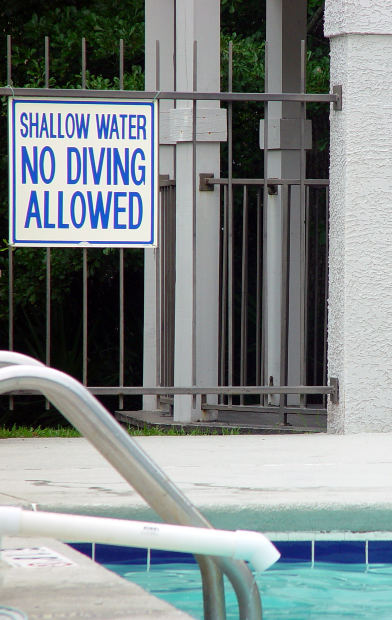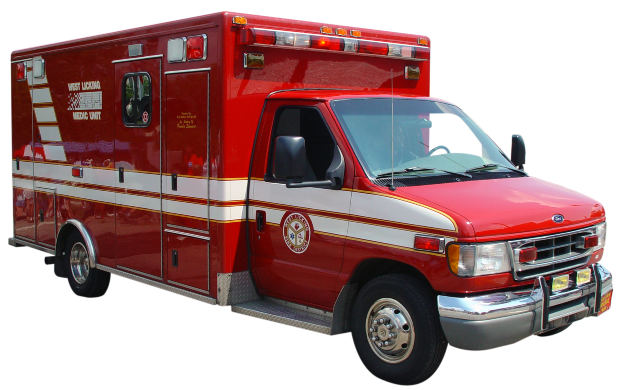A Boston Red Sox fan who was harassed and stabbed by a New York Yankees fan at a restaurant in 2010, has been awarded $4.3 million by a jury.
The New Haven jury reached its verdict on Thursday, siding with the victim Monte Freire, and against the U.S.S. Chowder Pot III. Bartenders apparently ignored warnings by Freire and other guests that the Yankees fan, identified as John Mayor, was harassing patrons and trying to start a fight, and continued to serve Mayor more alcohol.
 Freire, 45, suffered life-altering injuries including a brain injury, stroke, impaired speech and vision, as well as severe scarring when he was stabbed in the neck by Mayor. Mayor was arrested and convicted of assault and is now serving a 10-year prison sentence.
Freire, 45, suffered life-altering injuries including a brain injury, stroke, impaired speech and vision, as well as severe scarring when he was stabbed in the neck by Mayor. Mayor was arrested and convicted of assault and is now serving a 10-year prison sentence.
According to the restaurant’s attorney, Jan Trendowski, Chowder Pot plans to appeal the verdict. Trendowski cited that the bartenders were aware that Mayor was being disruptive and a “jerk” to other patrons, but did not decide to cut him off from being served. Mayor had told Freire and his friends that because of their accents, he assumed they were Boston fans, and that the bar was strictly Yankees territory and they were unwelcome there. Mayor allegedly continued to provoke the group of men and subsequently attacked Freire.
Two types of cases are present in this situation: a criminal case against Mayor, and a liquor liability case against the restaurant, U.S.S. Chowder Pot III. Liquor liability or dram shop cases apply to any establishment that sells and serves alcoholic beverages: bars, nightclubs, restaurants, social clubs, country clubs, liquor stores, and even individuals who serve alcohol to guests at a private party. Under Massachusetts law proprietors and social hosts are required to discontinue serving or selling individuals alcohol if they are visibly intoxicated. Those who violate this law are subject to civil liability should the intoxicated person(s) injures himself or another individual.
Continue reading
 Boston Injury Lawyer Blog
Boston Injury Lawyer Blog



 Though the story did not end tragically, this situation serves as a reminder for parents to make keeping children safe around
Though the story did not end tragically, this situation serves as a reminder for parents to make keeping children safe around  With the arrival of warmer weather, residents around Massachusetts are beginning to open their windows to let the fresh air in. Unfortunately the pleasant feeling of fresh air may turn tragic, especially in households with small children. Nearly 4,000 children are injured and more than a dozen children under the age of 10 die each year in the United States from window falls, according to Boston Children’s Hospital. Window falls are most often caused when children push themselves against the screen of an open window, resulting in the screen to give way, and the child to suddenly fall. Fortunately, there are ways for parents and caregivers to protect their children from falling out of windows.
With the arrival of warmer weather, residents around Massachusetts are beginning to open their windows to let the fresh air in. Unfortunately the pleasant feeling of fresh air may turn tragic, especially in households with small children. Nearly 4,000 children are injured and more than a dozen children under the age of 10 die each year in the United States from window falls, according to Boston Children’s Hospital. Window falls are most often caused when children push themselves against the screen of an open window, resulting in the screen to give way, and the child to suddenly fall. Fortunately, there are ways for parents and caregivers to protect their children from falling out of windows.






